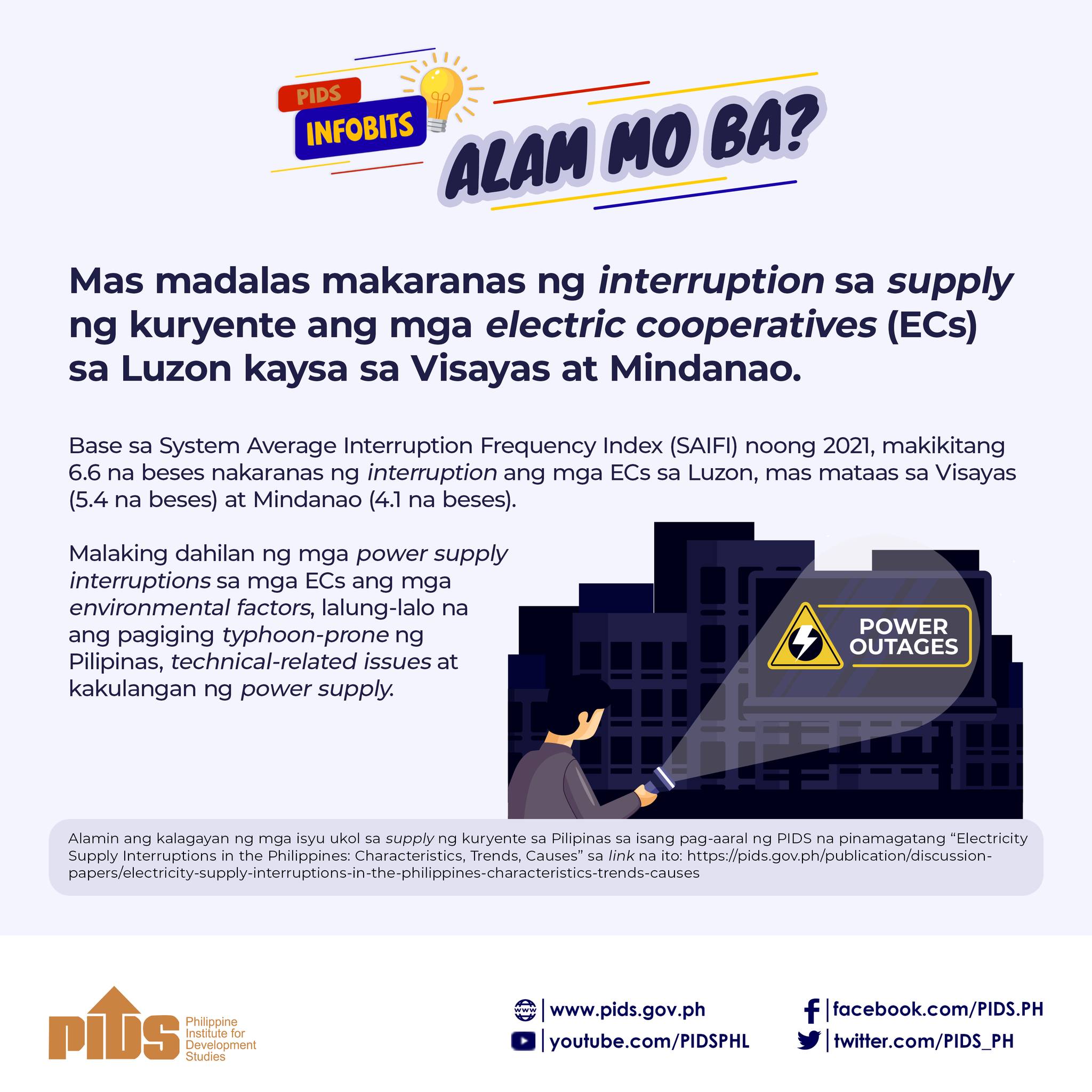Given our abundant arable lands and rich natural resources, we could grow enough of our own food, export those raw or processed products that we are unable to consume, and build an industrial economy. But the Philippine state’s inexcusable failure to develop our agriculture, over the decades, has instead kept us mired in periodic crises over insufficient supply, unaffordable prices, and dependence on imports.
Again we are experiencing the usual finger-pointing due to the shortage of rice in the country’s markets over the past eight months, leading to the inordinate rise in prices of the staple and other basic necessities. Inflation leapt to a five-year high of 5.7 percent in July, bringing the average inflation rate to 4.5 percent in the first seven months of 2018.
And what solution has the Duterte government adopted to this crisis/controversy?
It’s to further liberalize rice importation – by removing quantitative restrictions (QRs) and imposing a 35 percent tariff instead – purportedly to ensure sufficient supplies and stabilize prices. Towards such twin goals, the House of Representatives recently approved on third reading the Rice Tariffication Bill (HB 7735). The bill has yet to be tackled and passed by the Senate before it goes to President Duterte for final approval into law.
House Speaker Gloria M. Arroyo pushed for the passage of HB 7735 as one of five economic steps targeted to lower the inflation rate, as discussed in a meeting she had initiated with Duterte’s economic managers. Other suggestions ranged from setting price ceilings and legalizing rice smuggling, particularly in southern Philippines.
The tariffication bill actually fulfills the Philippine government’s commitment under the World Trade Organization Agreement on Agriculture (WTO-AOA), signed by WTO member states in 1995, to impose tariff, instead of quantitative restrictions, on agricultural imports. The Kilusang Magbubukid ng Pilipinas and other people’s organizations opposed the WTO-AOA, calling on the government to withdraw from it because of the inimical impact on Philippine agriculture and the Filipino farmers. But the Senate soon ratified the controversial agreement by passing the Agricultural Tariffication Law (RA 8178). The accord calls for the Philippines to lower the tariff from 50 percent to 35 percent and fix it at that rate for all agricultural product imports.
Along with Taiwan and South Korea, the Philippines sought and was allowed to postpone the tariffication under a “special treatment clause” for two sensitive agricultural products: rice and sugar. Thus for 10 years (until June 2005), the Philippines held on to the 50 percent tariff, gradually lowering it to 40 percent (July 2005-June 2012) and to 35 percent (July 2012-June 2017).
However, during these periods, the WTO required the Philippines to import rice under what was called “minimum access volume (MAV),” so that imports were made even when there was sufficient supply in the country. The MAV was supposed not to exceed 3 percent of domestic rice output, but after July 2004 this was increased to 4 percent (238,940 metric tons), then to 6 percent (350,000 MT) from July 2005 to June 2012 and to 7 percent (805,000 MT) from July 2012 to June 2017.
After HB 7735 becomes a law, will rice imported at 35 percent tariff result in lower retail prices in the domestic market, as its proponents claim?
IBON Foundation has made a study on the matter and concludes: No, rice tariffication will not cause the lowering of the retail prices. It cites three important factors affecting the retail price: 1) the local rice production cost and the Filipino farmers’ productivity; 2) the milling and marketing costs, both dictated by traders and middlemen; and 3) the prevailing price of rice in the world market. While the government, to some extent, can influence or regulate the first two factors, it cannot control or influence the third, which may be the strongest factor.
The price of rice in the world market has been volatile. IBON notes that over 30 years the world price hasn’t been steady; in fact, the sharp increases tracked during certain periods never settled down afterwards to their previous levels. When the landed cost was $500 per metric ton, its retail price went up to P38/kg, close to the P40/kg prevailing domestic price. Once the landed cost gets to $600/MT, its retail price would rise even higher. Not factored in for these retail price levels are the hauling charges that the traders tack on the retail price.
In the last 21 years, IBON points out, the world price of rice has been higher than that of domestic rice. This could be explained by the higher price of better-quality rice used as standard pricing in the world market. The higher cost of imported rice might have been lowered through heavy price subsidy by the exporting country, or settled at a cheaper price by government-to-government negotiations. But once the Philippines becomes inured to full reliance on importation, or allows private-to-government procurement, IBON warns, there’s the danger that the world price would pull the domestic price upward, rather than downward.
Similarly, the supply of rice from the world market isn’t steady. According to IBON, only 6 percent of the world’s rice production is traded in the global market; 94 percent is consumed by the producing countries. Even exporting countries occasionally ban rice exports, to safeguard the stability of supply in their domestic markets. It will thus be perilous for the Philippines to continue neglecting domestic rice production and relying on such a volatile world market for its future importations.
Beyond these unreliable factors in rice importation, of greater consideration is tariffication’s deleterious impact on the Filipino rice farmers. Their rice production and livelihood is endangered by the bigger influx of imported rice. A study by the state-funded Philippine Institute of Development Studies (PIDS) shows a 29 percent reduction in farmers’ income resulting from a P4 cut in the farmgate price of palay once the tariffication scheme is implemented.
For a long time already, Filipino rice farmers have been subjected to exploitative relations: they pay land rent under the leasehold arrangement; they shell out fees for harvesters and threshers; for every 10 of the 2.4 million rice farmers, three or four resort to borrowing from usurers; and they pay for the overpriced farm inputs (fertilizers, pesticides) to the buyers of their crops who supply these to them.
Enter the WTO. It has imposed onerous conditions depriving the Filipino farmers of sufficient state-funding support. Their production cost is P12/kg while the palay farmgate price is P21/kg. Due to its deregulation policy, the WTO limits state support to only 10 percent of the farmers’ production cost. Making matters worse, since 1995 the government’s funding for agriculture hasn’t reached even 5 percent of the annual national budget.
Sad to say, then, it’s the state that has been gradually killing Philippine agriculture.












